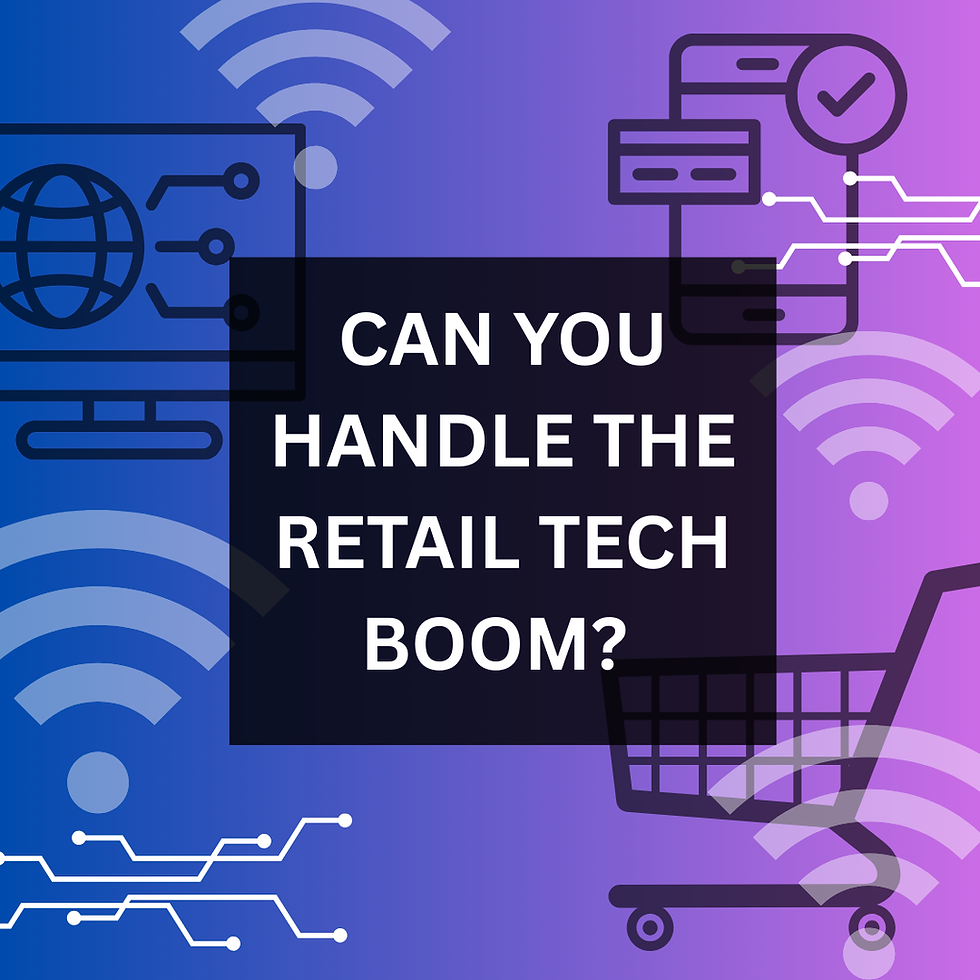Top Banking Tech Trends of 2025
- Brittany Perry
- Sep 23
- 2 min read

The banking industry is transforming fast. From AI to blockchain, new technologies are reshaping how financial institutions serve customers, fight fraud, and stay compliant. But with every new trend comes a new IT challenge — and that’s where third-party maintenance (TPM) becomes critical.
Here’s how the top 4 banking technology trends for 2025 impact maintenance strategies:
1. AI, Automation, and Generative AI
AI isn’t just powering chatbots anymore — it’s now driving loan approvals, compliance checks, fraud detection, and even internal tools for employees.
The Challenge:
AI requires massive computing power, often spread across servers, GPUs, and storage clusters.
OEMs push expensive refresh cycles, leaving IT teams with ballooning costs.
The TPM Advantage:
Extend the life of AI-supporting infrastructure instead of buying new.
Consistent SLAs across multi-vendor environments (Cisco, Dell, HPE, etc.).
Lower costs free up budget for AI innovation.
2. Open Finance and Embedded Banking
Payments are moving faster than ever, with embedded finance in apps and open banking APIs driving real-time transactions.
The Challenge:
Always-on networking and secure payment rails mean downtime is not an option.
Multi-vendor systems increase complexity.
The TPM Advantage:
Unified support across networking and storage gear.
Proactive spares + rapid response SLAs keep payments flowing.
Simplifies multi-vendor maintenance into one streamlined contract.
3. Blockchain and Digital Assets
Banks are testing blockchain for cross-border payments, tokenized assets, and digital currency.
The Challenge:
Hybrid infrastructure — old systems running side by side with new blockchain nodes.
OEM contracts may not support “mixed environments.”
The TPM Advantage:
TPM bridges legacy and emerging tech, extending life of older hardware until transitions are complete.
Flexible coverage prevents overspending during pilot programs.
4. Quantum Computing
Quantum computing is still in its early days, but banks are already experimenting with it for portfolio modeling and risk analysis.
The Challenge:
Supporting HPC (high-performance computing) hardware is expensive.
OEM support can be restrictive for experimental or hybrid setups.
The TPM Advantage:
TPM provides cost-effective support for HPC environments.
Extends life of supporting infrastructure while quantum research evolves.
Cost Savings = More Innovation
Most importantly, third-party maintenance helps banks cut support costs and avoid unnecessary OEM-driven upgrades. Instead of pouring millions into keeping up with vendor refresh cycles, banks can:
Free up capital to invest in innovation initiatives, like AI and real-time payments.
Support ESG and sustainability by reducing e-waste and extending asset lifecycles.
Stay competitive by focusing IT budgets on what’s next, not just maintaining what’s already running.
TPM doesn’t just protect existing systems — it enables banks to reinvest in the future of finance.
The Bottom Line
The top banking trends of 2025 all point to one truth: IT infrastructure is more complex — and more mission-critical — than ever. Banks can’t afford downtime, fragmented contracts, or unnecessary refresh cycles.
That’s why third-party maintenance is becoming a key strategy. It’s flexible, cost-effective, and built to support the technologies driving the future of finance.
Banks are modernizing fast. TPM keeps the foundation strong.







Comments